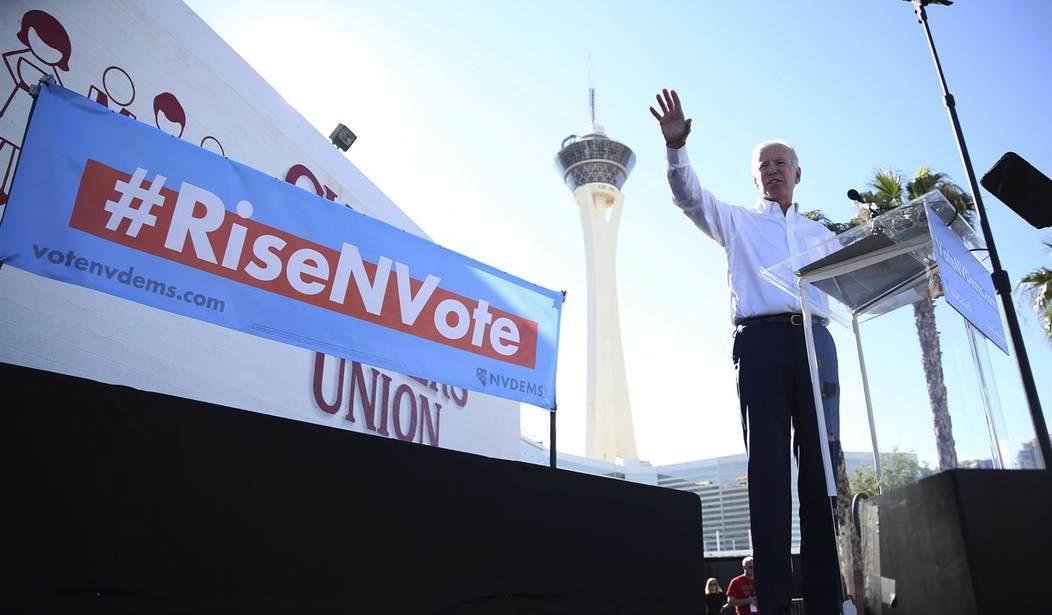Over the last decade, the Republican Party has spent tens of millions of dollars on its voter contact efforts to help identify who their voters are and where they live. The action was critical to the party’s get-out-the-vote efforts over the last several election cycles.
On paper, the voter canvassing efforts were an enormous success. But the reality is, the entire operation was a mirage. And the party leadership knows it.
The voter contact effort depended on paid vendors instead of volunteers as the get-out-the-vote effort used to. Canvassers were usually paid by the number of potential voters they contacted. But the system was rife with fraud, and several GOP field operators claim that the scam occurred in Nevada, Georgia, and Oregon.
That’s the least of the party’s problems.
That’s just three states. But these individuals say those problems, as well as allegations raised in a recent lawsuit against one of the largest vendors in the conservative canvassing business, should raise internal alarms. These field operators said they’ve harbored similar concerns for multiple cycles but only provided documentation for the most recent midterms.
The problems, six people said, are pitfalls of the right’s increased reliance on paid canvassers rather than volunteers, and on a sprawling web of vendors and consultants tasked with what can be a thankless, though critical, job. Seven people said that cheating is on the rise amid pressure to quickly meet steep outreach goals.
“That’s why we’re losing elections,” one Republican field veteran said of the conservative canvassing apparatus. “Nobody wants to admit it.”
The problem isn’t for-profit vendors. The problem is oversight of the vendors and the entire canvassing operation. If the party wants accurate data, they’re going to have to work for it. That means setting up the means and methods to observe the entire operation and make sure as much of the information that is passed on to the data crunchers is accurate and reliable as possible.
“Because these numbers are recycled, they’re used in text messages, they’re used in mailers, they’re used to target voters,” said one GOP field operative who has worked on multiple party-aligned canvassing efforts. “And if the base data is bad, it’s a disaster for campaigns everywhere.”
It’s a nightmare for the party, and the leadership has been trying to maintain a cone of silence over the people who could blow the lid off the entire disaster.
The Republican National Committee is formally reviewing why the party fell short of expectations. Officials overseeing the national party’s post-midterm audit did not respond to questions from NBC News on whether they are reviewing canvassing operations as part of that effort. NBC News reported in April that the party is unlikely to make public any findings of that analysis.
Presented with the findings of this report, the RNC said multiple staffers were fired last cycle for entering fraudulent data and detailed steps it takes to ensure its door-knocks are legitimate, including geotracking and in-person oversight of canvassers who are flagged for submitting suspicious entries.
That’s an improvement but not nearly good enough. And hiding the reasons for failure is never a good strategy when it comes to fixing what went wrong in the first place.
Democrats have the same problems but nowhere near the extent that Republicans experience. The Democrats’ reliance on young, dedicated, and enthusiastic unpaid volunteers, as well as union members paid by the local labor organizations, is only a couple of advantages they have over the GOP. Significantly, Democrats “tend to concentrate in urban and dense suburban areas where canvassers can hit a lot more doors in a lot less time,” according to NBC.
How much did the fraudsters cost the Republican Party in seats not won? One former staffer claimed that “when it comes down to the actual cheating,” roughly “10 to 20% of the staff ends up getting fired.” There were so many close House and Senate elections that it’s impossible to say which seats could have swung to the GOP with more accurate voter data.
Making the entire get-out-the-vote system more transparent would be a good first step. There’s still time to right the ship, but whatever they’re going to do, they better start now.










Join the conversation as a VIP Member